Hi there, pet lovers! 🐍
When it comes to iconic reptiles, few creatures command as much awe and respect as the King Cobra (Ophiophagus hannah). Known as the longest venomous snake in the world, the King Cobra is a symbol of power, intelligence, and danger. While their majestic appearance and fascinating behaviors make them a subject of fascination, they are not suitable pets for the vast majority of people. In this detailed review, we’ll explore everything you need to know about King Cobras, from their temperament and care requirements to their availability and the challenges of keeping them. Whether you’re a seasoned reptile enthusiast or simply curious about these incredible snakes, this guide will provide you with a thorough understanding of what it takes to care for a King Cobra—and why it’s a responsibility few should undertake.
Overview
King Cobras are native to the forests and plains of Southeast Asia and are revered for their size, intelligence, and potent venom. They are the only members of the genus Ophiophagus, which means “snake-eater,” and they live up to their name by preying primarily on other snakes. Here’s a quick summary of what makes them unique:
- Handling and Temperament: Extremely dangerous and not suitable for handling. Highly intelligent and defensive when threatened.
- Care and Maintenance: Requires a highly specialized and secure setup. Demands meticulous attention to temperature, humidity, and diet.
- Health and Durability: Generally hardy if cared for properly, but sensitive to environmental changes.
- Availability: Rare in the pet trade and heavily regulated. Requires permits in most regions.
- Cost: Extremely expensive to purchase, house, and maintain.
Overall: King Cobras are one of the most fascinating reptiles on the planet, but they are not suitable pets for almost anyone. They are best left to professional facilities and experienced handlers.

Why Choose a King Cobra?
The King Cobra is a snake that inspires both fear and admiration. Their imposing size (up to 18 feet long), striking hood, and legendary status make them a dream species for many reptile enthusiasts. However, the reality of owning a King Cobra is far from glamorous. These snakes are highly venomous, intelligent, and demanding, making them a poor choice for all but the most experienced and dedicated keepers.
King Cobras are not pets in the traditional sense. They are wild animals with complex needs and behaviors that require expert care. For those who are truly prepared, King Cobras can be a rewarding species to work with, but the risks and responsibilities are immense.
Handling and Temperament
King Cobras are not handleable snakes. Their temperament is defensive, and they are quick to react when they feel threatened. While they are not inherently aggressive, they are highly intelligent and will not hesitate to defend themselves if they perceive danger.
Behavior and Defensive Displays
King Cobras are known for their iconic hooding behavior, which they use to appear larger and more intimidating. They can also “stand up” by raising the front third of their body off the ground, allowing them to make eye contact with potential threats. This behavior, combined with their ability to strike over long distances, makes them one of the most dangerous snakes to interact with.
Handling Risks
Handling a King Cobra is extremely dangerous and should only be done by professionals with the proper tools and training. Even experienced handlers use snake hooks, tongs, and other equipment to maintain a safe distance. Free-handling a King Cobra is strongly discouraged, as a single bite can deliver enough venom to kill an adult human within hours.
Biting and Venom
King Cobra venom is highly potent and primarily neurotoxic, meaning it attacks the nervous system. A bite can cause paralysis, respiratory failure, and death if not treated immediately with antivenom. Even with antivenom, the recovery process can be long and painful.
Care and Maintenance
Caring for a King Cobra is a massive undertaking that requires specialized knowledge, equipment, and facilities. These snakes are not low-maintenance pets, and their care demands meticulous attention to detail.
Enclosure Setup
- Size: King Cobras need a large, secure enclosure that mimics their natural habitat. For an adult, the enclosure should be at least 8 feet long, 4 feet wide, and 6 feet tall.
- Climbing Space: As arboreal snakes, King Cobras require plenty of vertical space with branches, vines, and foliage for climbing.
- Substrate: Use a substrate that retains humidity, such as cypress mulch or coconut husk. Avoid loose substrates that could cause impaction if ingested.
- Hiding Spots: Provide multiple hiding spots to help the snake feel secure.
Humidity and Temperature
- Humidity: Maintain humidity levels between 60-80% to mimic their tropical habitat. Regular misting is necessary to achieve this.
- Temperature: Provide a temperature gradient with a basking spot of 90-95°F (32-35°C) and a cooler side around 80-85°F (27-29°C).
Feeding
King Cobras are snake-eaters, and their diet in captivity should consist primarily of other snakes. This can include non-venomous species like rat snakes or pythons. Feeding live prey is not recommended, as it poses a risk to the King Cobra.
- Feeding Schedule: Adults should be fed every 2-4 weeks, depending on their size and activity level.
- Supplements: A balanced diet should provide all necessary nutrients, but occasional supplementation with vitamins and minerals may be beneficial.
Lighting
While King Cobras do not require UVB lighting, providing a natural light cycle can help regulate their behavior and overall health.
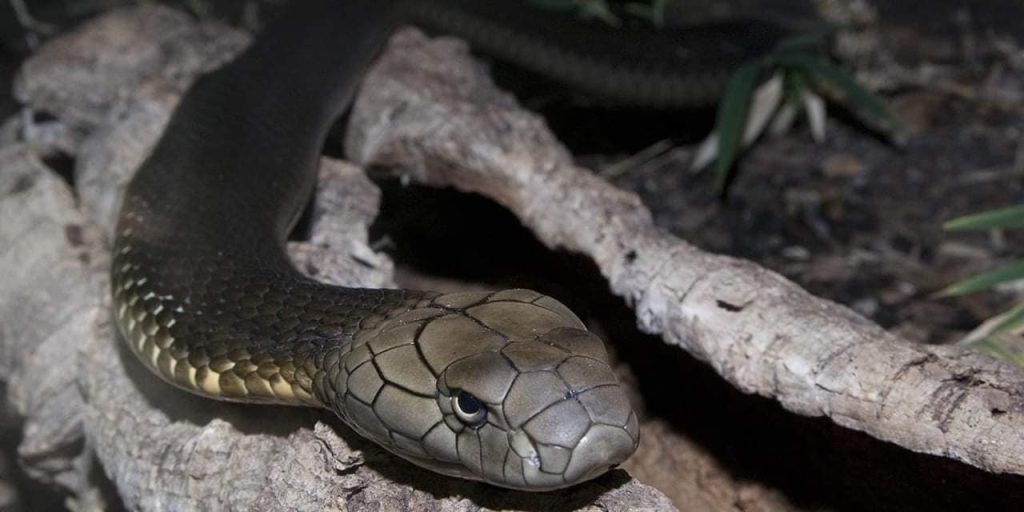
Health and Durability
King Cobras are generally hardy snakes when provided with proper care, but they are sensitive to environmental changes and stress.
Common Health Issues
- Respiratory Infections: Caused by improper humidity or temperature levels.
- Dehydration: Occurs if humidity is too low or if the snake does not have access to fresh water.
- Stress-Related Illnesses: King Cobras are highly intelligent and can become stressed if their enclosure is inadequate or if they are handled too frequently.
Preventative Care
- Maintain proper humidity and temperature levels.
- Provide a clean and secure environment.
- Handle the snake as little as possible to minimize stress.
With proper care, King Cobras can live 20 years or more in captivity.
Availability and Cost
King Cobras are not commonly available in the pet trade due to their dangerous nature and specialized care requirements.
Where to Buy
- Breeders: Reputable breeders are the best source for captive-bred King Cobras.
- Reptile Expos: Occasionally, King Cobras may be available at reptile expos, but they are rare.
- Pet Stores: Most pet stores do not carry King Cobras due to the risks involved.
Cost
- Purchase Price: A juvenile King Cobra can cost $1,000 to $3,000, depending on the breeder and location.
- Enclosure Setup: Building a secure and appropriately sized enclosure can cost $2,000 to $5,000.
- Ongoing Costs: Feeding, heating, and maintaining a King Cobra can be expensive, especially given their specialized diet.
Pros and Cons
Pros
- Majestic Appearance: King Cobras are one of the most striking and iconic snakes in the world.
- Intelligence: They are highly intelligent and display fascinating behaviors.
- Long Lifespan: With proper care, they can live for over 20 years.
Cons
- Extremely Dangerous: Their venom is potent and can be fatal.
- Specialized Care: Requires a large, secure enclosure and a diet of other snakes.
- Legal Restrictions: Ownership is heavily regulated and requires permits in most areas.
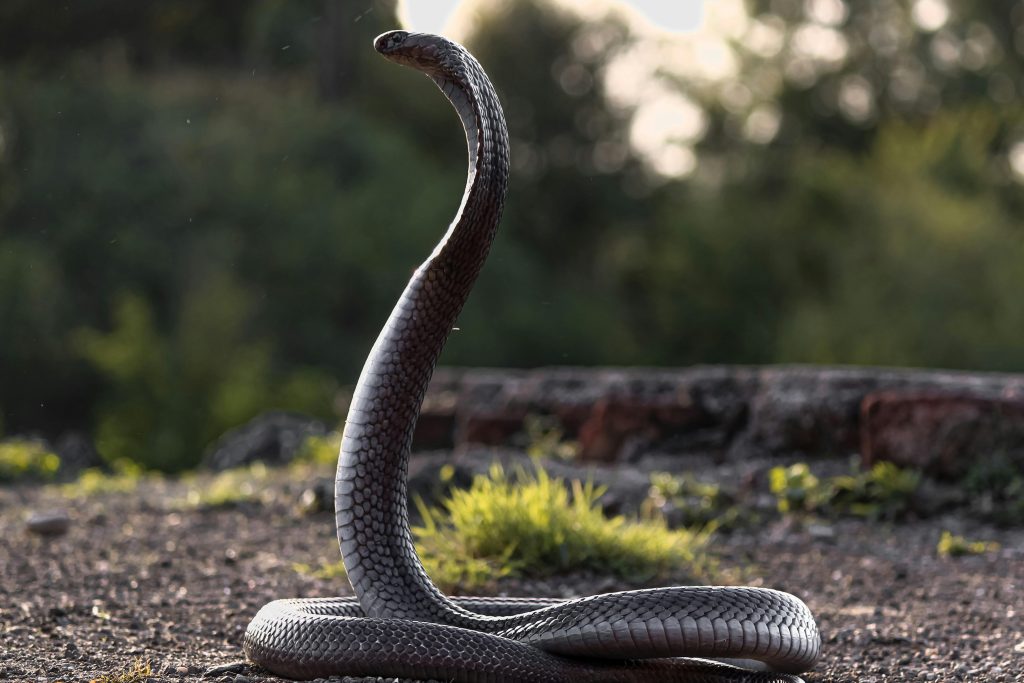
Final Thoughts
King Cobras are undeniably one of the most fascinating reptiles on the planet, but they are not suitable pets for almost anyone. Their care requirements, potential danger, and legal restrictions make them a species best left to professional facilities and experienced handlers.
For those who are truly prepared to take on the challenge, King Cobras can be a rewarding species to work with. However, the risks and responsibilities involved cannot be overstated. If you’re considering a King Cobra, we strongly recommend gaining extensive experience with other venomous snakes first and ensuring you have the resources and knowledge to provide proper care.
For the rest of us, King Cobras are best admired from a safe distance. Their beauty and power are a testament to the wonders of the natural world, and they serve as a reminder of the importance of respecting wildlife.
Let us know your thoughts on King Cobras in the comments below! Have you ever encountered one in person? What are your thoughts on keeping such a dangerous species in captivity? We’d love to hear from you!
For more reptile care tips and reviews, stay tuned to our blog and don’t forget to subscribe to our newsletter! 🐍

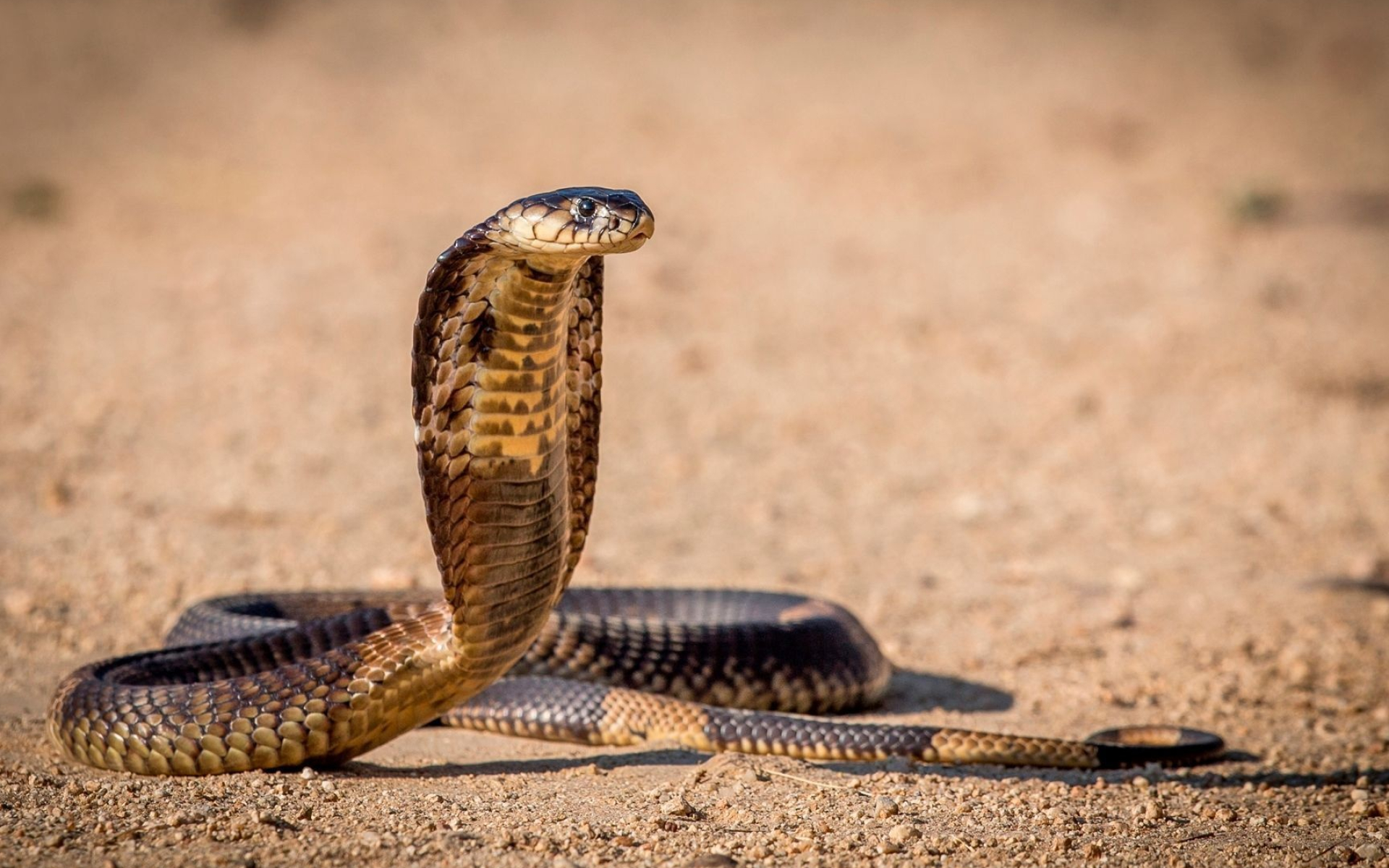

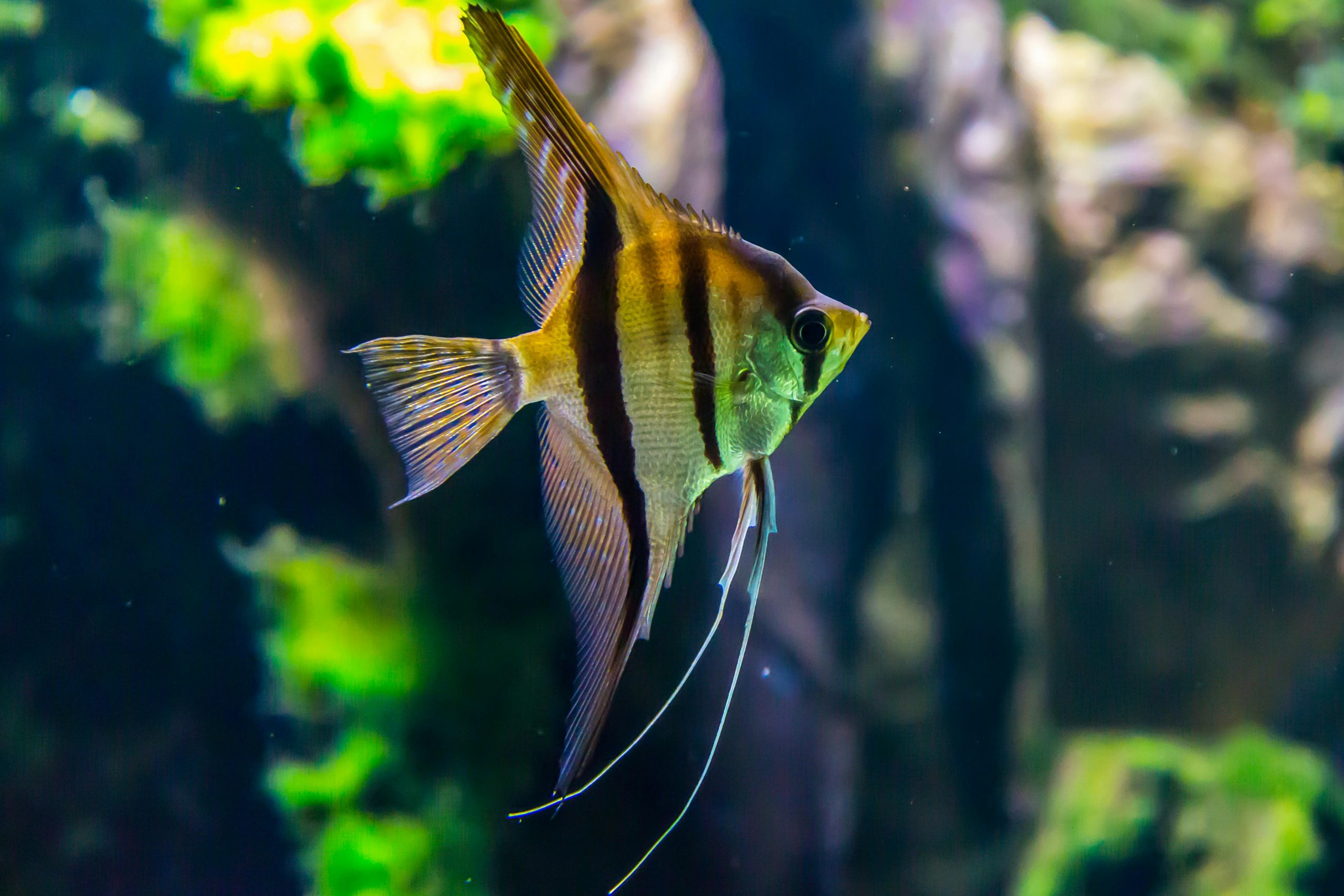
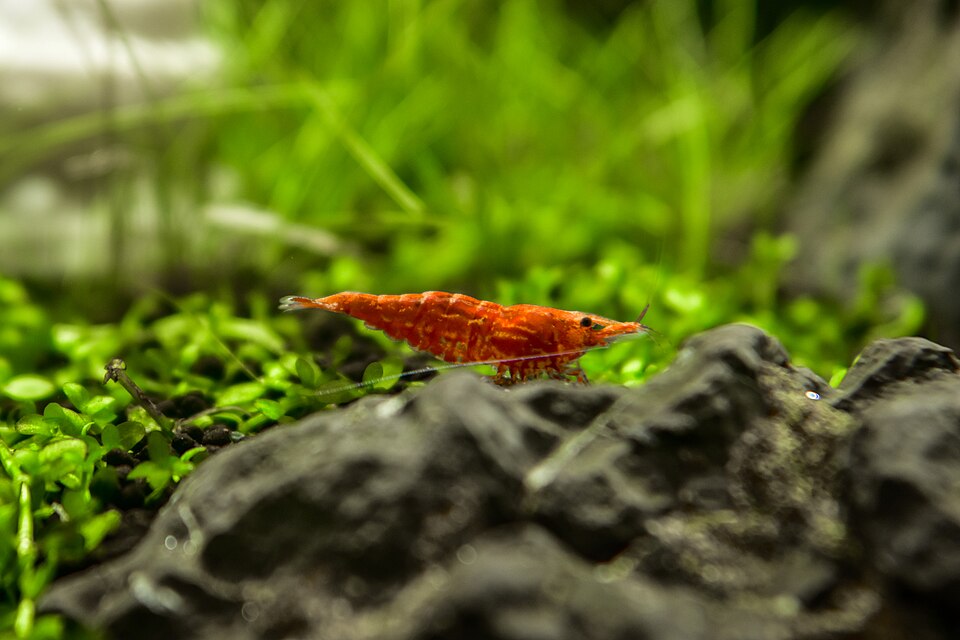

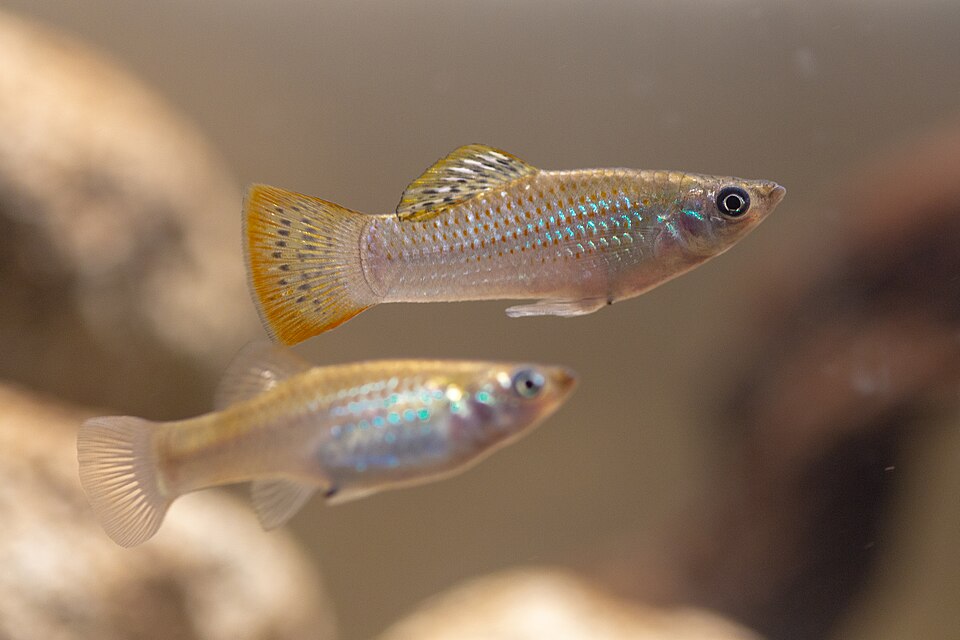
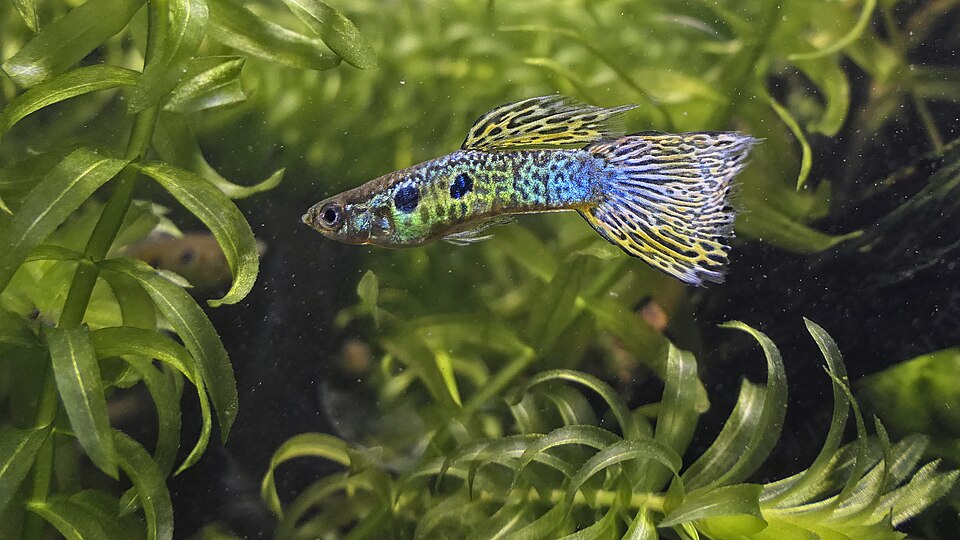
Leave a Reply